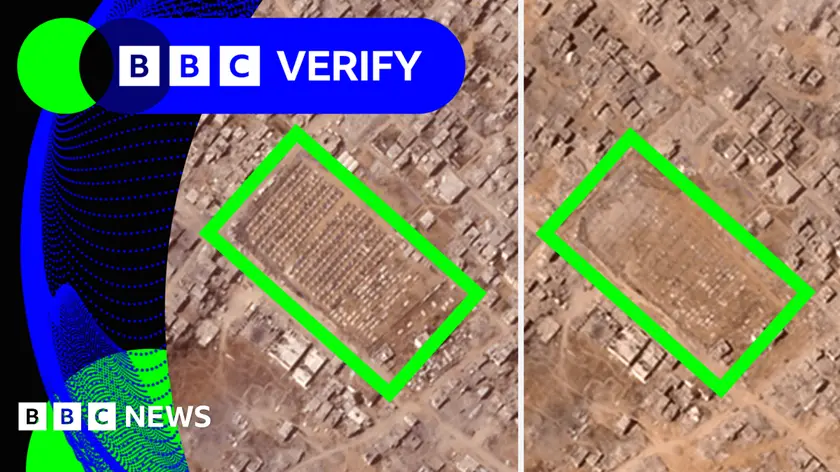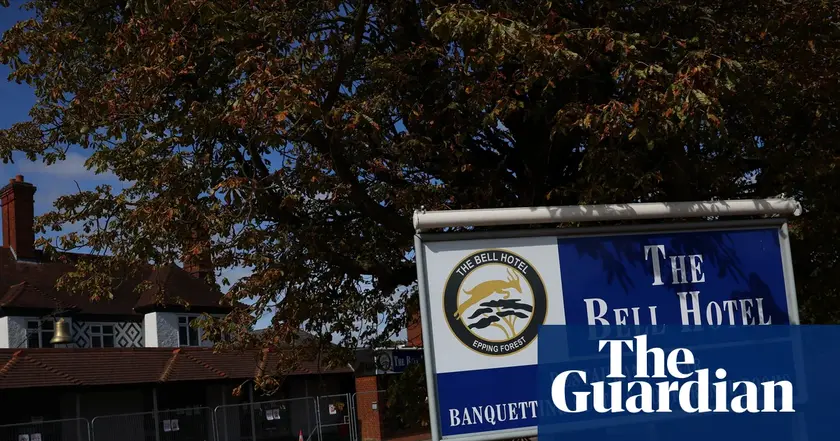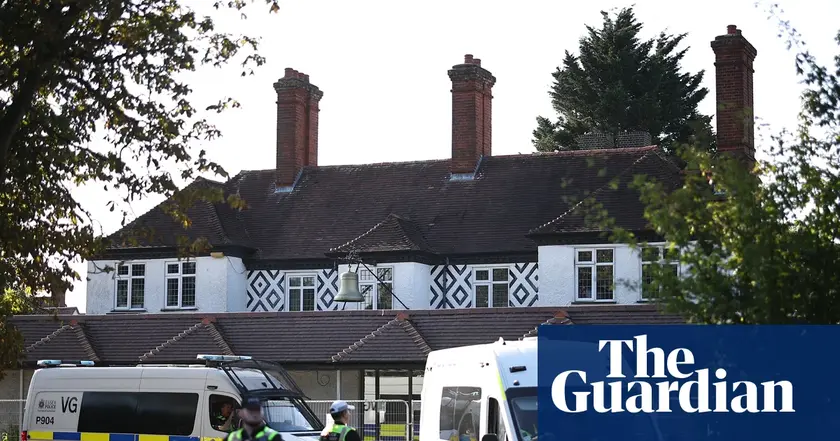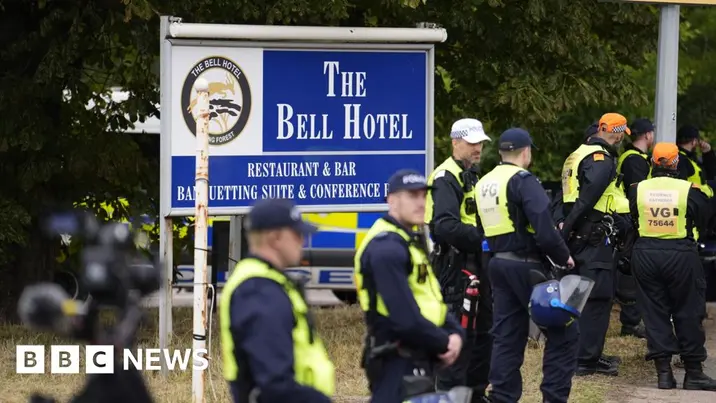T4K3.news
UK asylum housing data shows hotel use remains limited
In March 2025 about one third of asylum seekers were housed in hotels while most were in dispersal accommodation.

BBC Verify explains how asylum housing is allocated across hotels, dispersal sites, and other accommodation amid legal and funding questions.
UK asylum housing shows a patchwork system and budget pressures
As of March 2025, the UK housed about 106 000 asylum seekers. Only about a third were housed in hotels. The rest lived in dispersal accommodation, which is self catered housing meant to be spread evenly across the country, or in other large sites such as former military bases. About 3 000 people did not live in any form of asylum accommodation and instead received weekly financial support. The government typically places people in hotels first and then moves them to dispersal accommodation as it becomes available.
The High Court granted a district council a temporary injunction to block the Home Office from using the Bell Hotel in Epping Essex for asylum housing, illustrating how legal constraints shape policy. The wider system uses a mix of sites to house a relatively small number of people in places determined by availability and cost, with dispersal housing designed to reduce regional pressure even as it moves on a sliding timetable.
Key Takeaways
"Only about a third of asylum seekers in March 2025 were housed in hotels."
Data point on hotel usage share
"Dispersal accommodation is meant to be spread evenly across the country."
Policy aim for dispersal housing
"The High Court granted a district council a temporary injunction to block the Home Office from using the Bell Hotel in Epping Essex."
Legal constraint on hotel use
The numbers reveal a slow moving, patchwork approach rather than a single national plan. That patchwork is sensitive to local debate, court rulings and budget constraints. In practice this can delay longer term solutions and erode public confidence in how asylum seekers are housed. A clearer, funded strategy could reduce waste and confusion while improving transparency for communities and for those seeking shelter.
Looking ahead, policy makers face a choice between keeping the current mix and pursuing a more stable, centrally funded pathway. Critics argue the system is reactive and uneven, while supporters say dispersal housing helps distribute responsibility. The coming months will test whether the state can balance compassion with fiscal reality and local expectations.
Highlights
- A patchwork of housing is not a plan
- Money follows policy not people
- Dispersal housing spreads pressure across the country
- Courts decide where asylum seekers can stay not only politicians
Budget and political backlash risk over asylum housing
The article touches on costs, funding, and political debate around asylum housing and legal challenges. This area carries potential for public backlash and policy disputes.
Policy choices will shape access to shelter and the cost of care in the months ahead.
Enjoyed this? Let your friends know!
Related News

UK asylum hotel clash reshapes local politics

Backlog and costs drive asylum housing debate

Labour councils map legal routes to end asylum hotels

Lib Dem push for review of terrorism laws

Police will share suspects ethnicity and nationality

Local councils eye injunctions over asylum hotels

Councils plan legal action over asylum hotels

Home Office agrees to share asylum hotel locations with delivery firms
